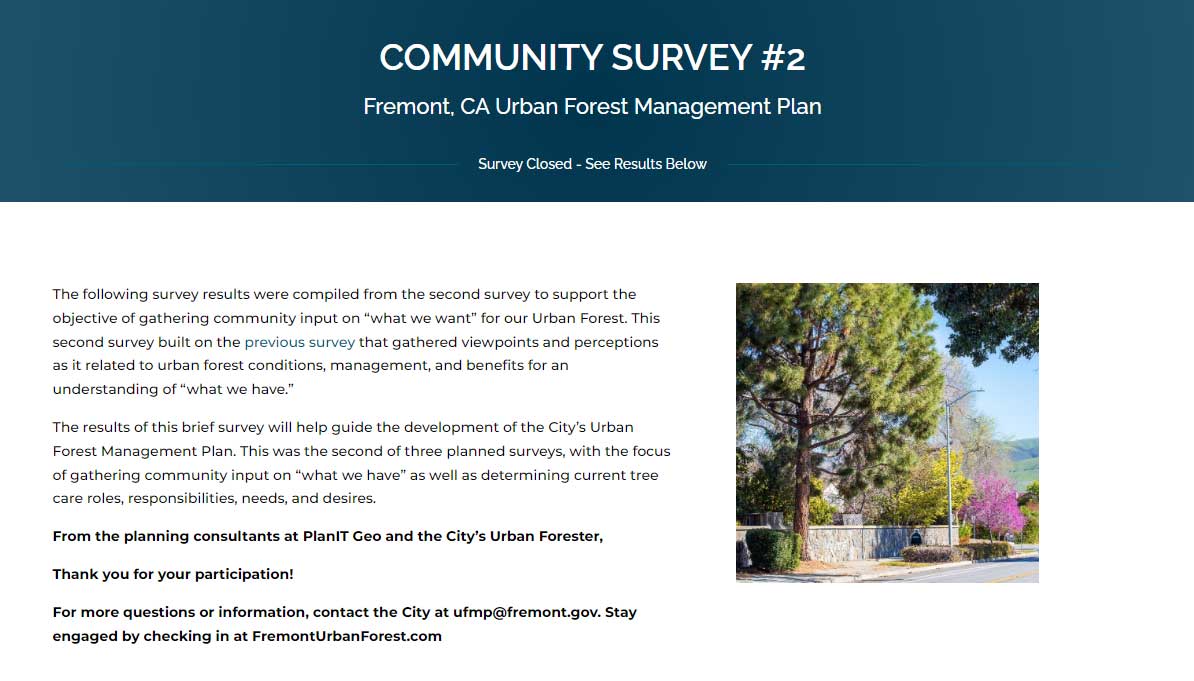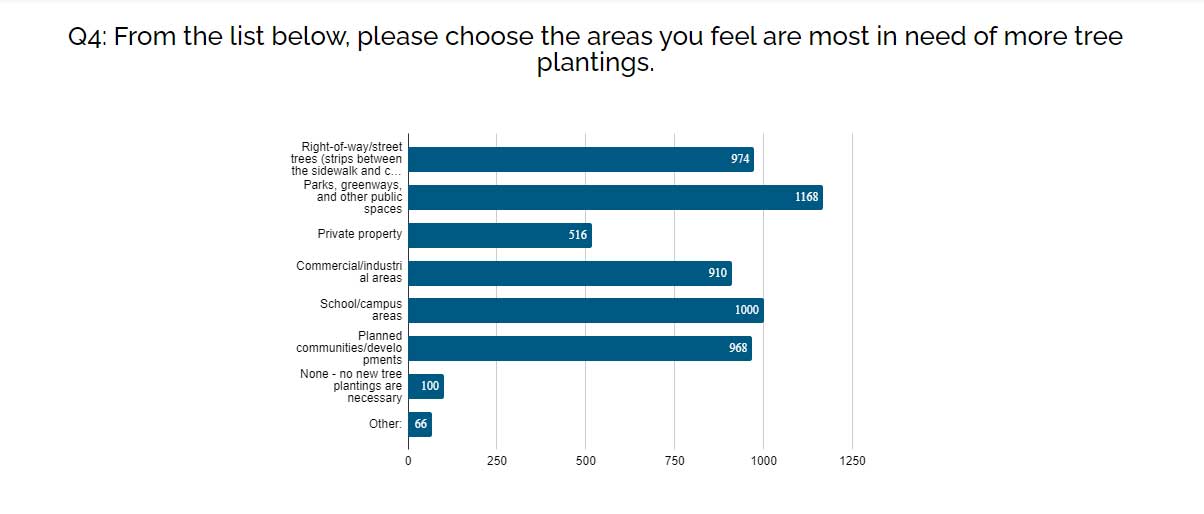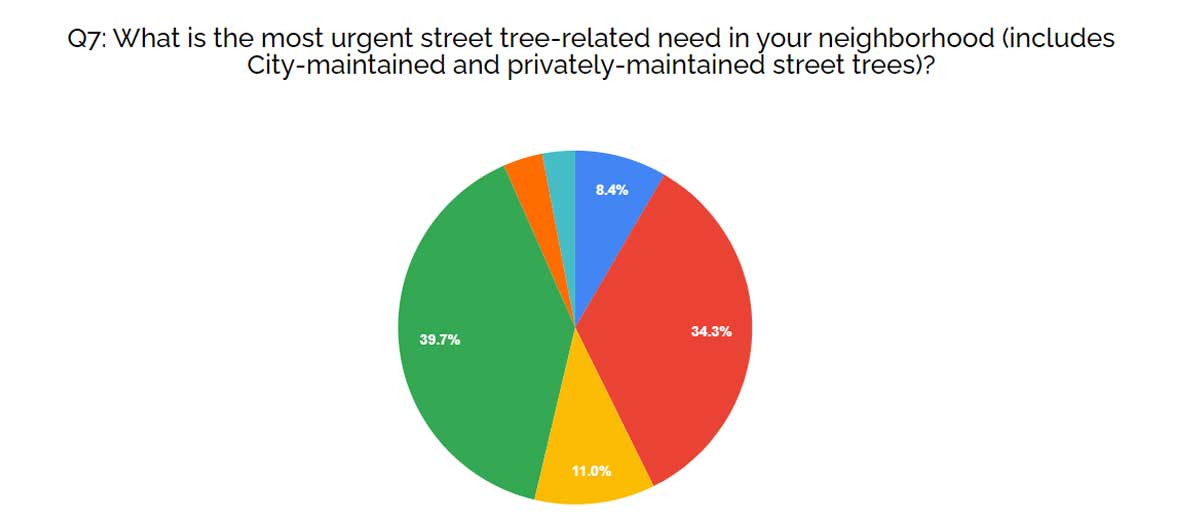The Ultimate Guide to Urban Forestry Funding
A COLLECTION OF THE CREATIVE WAYS CITIES AND NONPROFITS FUND THEIR URBAN FORESTRY WORK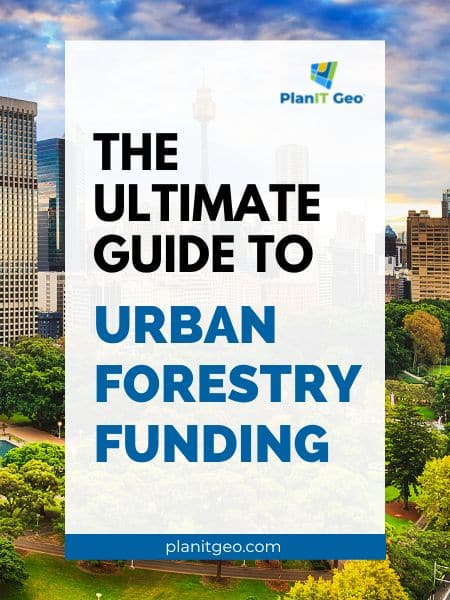
Diverse Forestry Funding
All around the country, public urban forestry departments and nonprofits have found creative ways to fund their programs. This blog is a gathering point for those stories. Explore the examples below for inspiration on how your urban forestry program can diversify its funding sources.
Use the links below to jump straight to a topic of interest:
Urban Forest Plans, Data Analysis, and Public Surveys
Tree Mitigation Fees
Many cities require developers to pay tree mitigation fees in order to be permitted to remove trees from a site.
Trust Fund
Jacksonville, Florida is an excellent example of the major role these fees can play in an urban forest budget. The trust fund created by Jacksonville’s tree mitigation ordinance once peaked at over $20 million and currently makes up 76% of the City’s tree maintenance budget (not including removals).
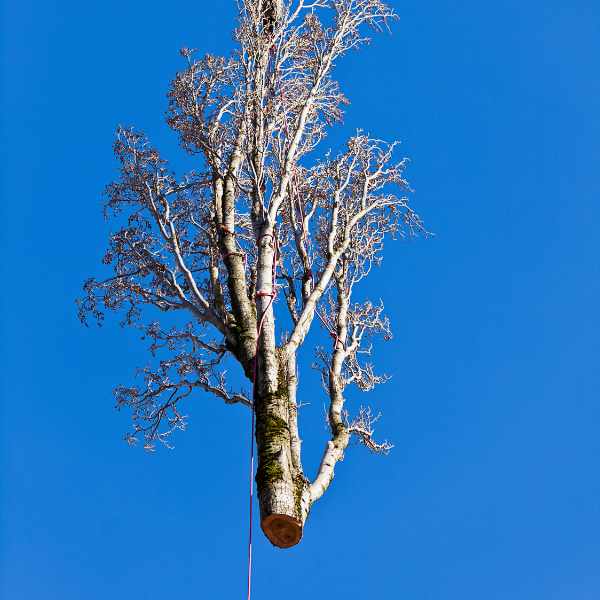
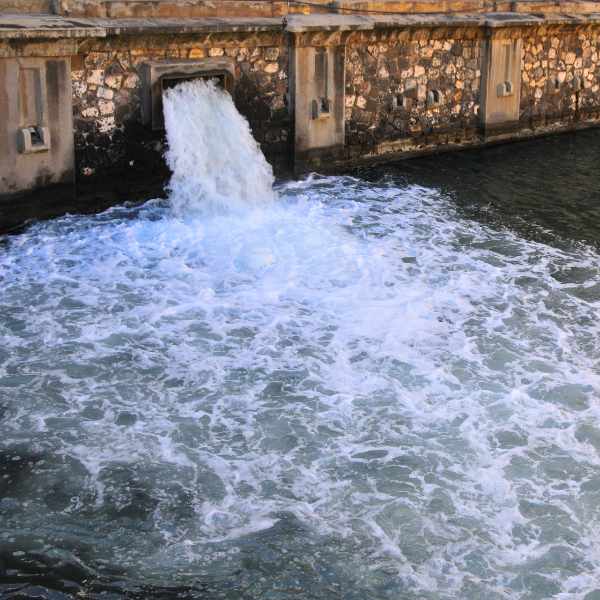
Stormwater
Urban forests are a well-documented complement to gray stormwater infrastructure. Allocating a portion of stormwater fees towards tree programs can be a major source of supplemental funds.
City Forester
The City of Fairfax, Virginia completed a program evaluation in 2021 as an initial step toward developing an urban forest management plan. One result of the evaluation is the funding of the City’s first urban forester through the Stormwater Utility Fund (page 5).
Tree Crews & Equipment
In 2022, Lancaster, Pennsylvania recognized the importance of trees to their stormwater management by shifting the financing of their Tree Crew and tree equipment to the Stormwater Management Fund, supported by stormwater fees.
Special Charges
Madison, Wisconsin adopted an Urban Forestry Special Charge, collected as part of the municipal services bill issued monthly by the Madison Water Utility. The 2022 rate is $6.14 per residential household per month and the total estimated annual revenue is almost $6 million.
Special Districts
Special districts come in a wide range of flavors. They are a handy mechanism to provide a service on an on-going basis, such as fire protection, transportation, or education. When urban forests support that service, there’s a perfect opportunity to leverage some of the special district funding for trees.
Landscape and Lighting District
Claremont, California funds the majority of its urban forestry program through a Landscape and Lighting District. The LLD generates $3.8 million annually via a yearly assessment of residential units. You can see their urban forestry budget here (page 185).
Parking Benefit District
Austin, Texas uses a Parking Benefit District to reinvest 51% of parking meter revenue back into the district, including street trees.
Business Improvement District
Sometimes businesses elect to pay self-imposed taxes to fund services beyond what the city provides, called a Business Improvement District (BID). A Washington, D.C. BID funded extensive curb-cut tree trenches to make the neighborhood more appealing.
Conservation District
The King Conservation District in Washington state funds member city projects including tree inventories, canopy assessments, and volunteer programs.
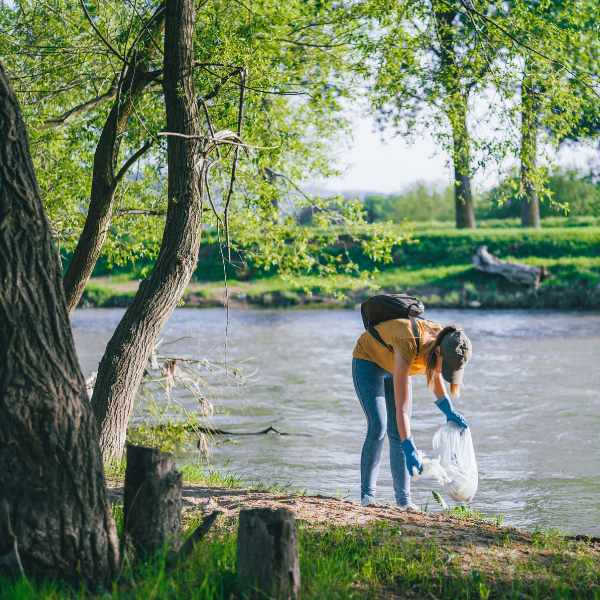
Urban Forest Plans, Data Analysis, and Public Surveys
Urban forest plans, urban tree canopy assessments, and public surveys can yield compelling insights for expanding urban forestry funding.
Staffing and Budget Recommendations
Colorado Springs completed its first Urban Tree Canopy Assessment and a sample tree inventory in 2019, followed with an Urban Forest Management Plan in 2020. Included in the UFMP were staffing and budget recommendations. Soon after the plan’s release the Forestry Department was moved under Public Works and allocated a $415,000 budget surplus, which became 5 full-time employees and truckload of new PPE.
EAB Cost Sharing
Informed by an urban tree canopy assessment, Grand Junction, Colorado has launched an EAB Cost Sharing program. Residents who apply can split EAB treatment with the city 50-50, up to $500.
Gain Support
Fremont, California ran two public polls to support the creation of its Urban Forest Management Plan and received over 1,600 responses. The responses showed 72% support for proactive tree maintenance and 66% support for using gas tax funds for urban forestry. These clear responses helped get the gas tax strategy included in the UFMP and is currently under consideration by the city council.
Rethink Staffing
There are creative new roles popping up in city and county governments to help expand the scope of responsibility for urban forests.
Chief Heat Officer
Miami Dade County created the world’s first Chief Heat Officer (CHO) in 2021 to coordinate and accelerate existing heat protection efforts, including urban tree canopy expansion. By the end of 2022, there are already 7 CHOs working in cities around the world.
Trails Coordinator
Mesa County, Colorado created a Trails Coordinator position within its Public Health Department to support the connection of nature access and public health.
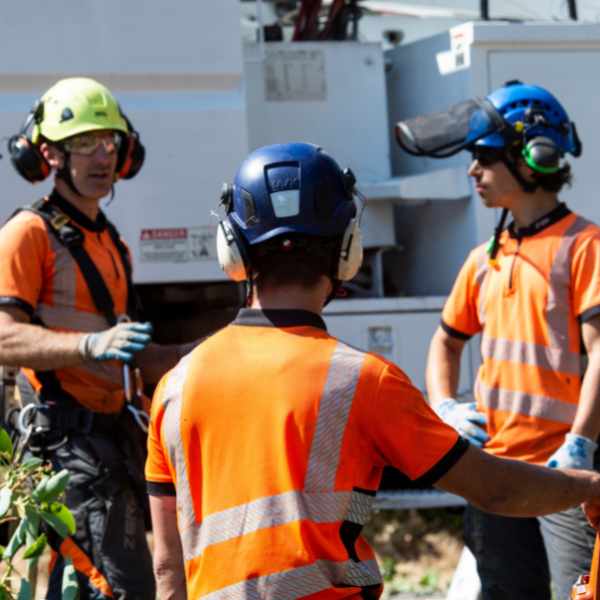
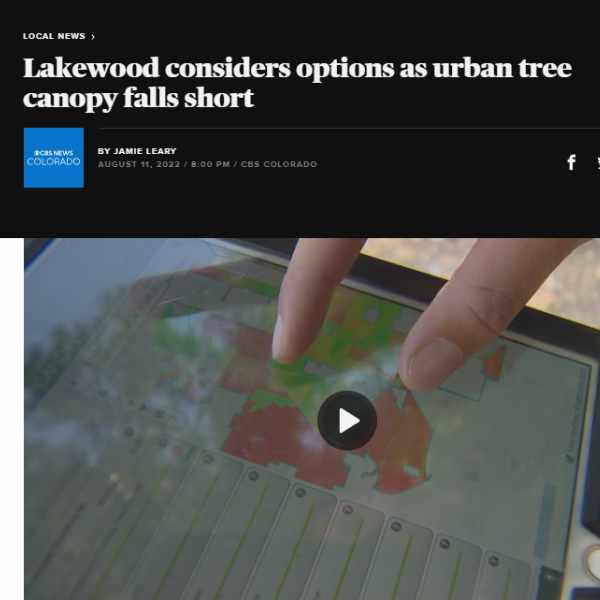
Media
Is your urban forestry department visible to the public? Being seen and supported can become powerful leverage when it comes time to ask for budget increases. Media takes many forms, such as an updated department website, newsletter, social media, and especially press releases for notable projects and events.
Local News
Lakewood, Colorado completed an urban tree canopy assessment that attracted significant local media attention. The press boosted public awareness of the urban forest, tree canopy goals, and threats trees face. The next step is to use this wave of interest to justify more staff and equipment.
Inspire Partnerships
Fort Worth, Texas is developing an Urban Forest Master Plan in partnership with the nonprofit Texas Trees Foundation. Press coverage helped inspire significant corporate sponsorship from Wells Fargo, BNSF, and others.
Creative Partnerships
People usually have an inherently positive association with trees. Businesses and other organizations are often open to contributing to their local urban forest, but they need to be presented with an opportunity.
Trees Fresno
The nonprofit Tree Fresno worked out a deal with a local digital billboard provider to display their organization’s messages whenever there was no paid advertising to display.
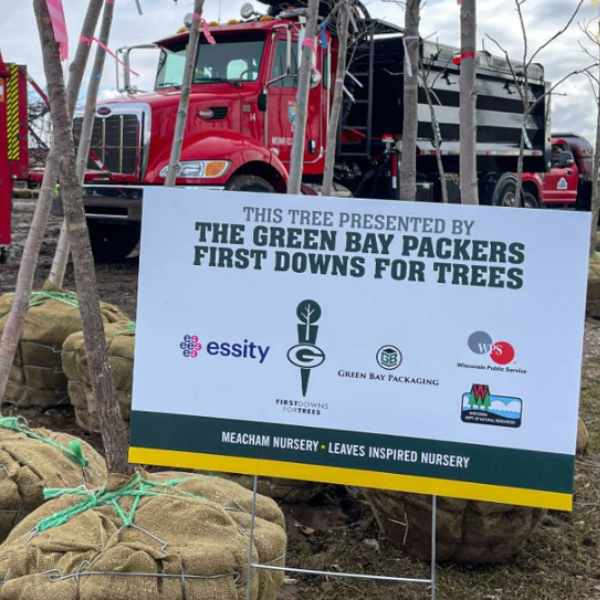
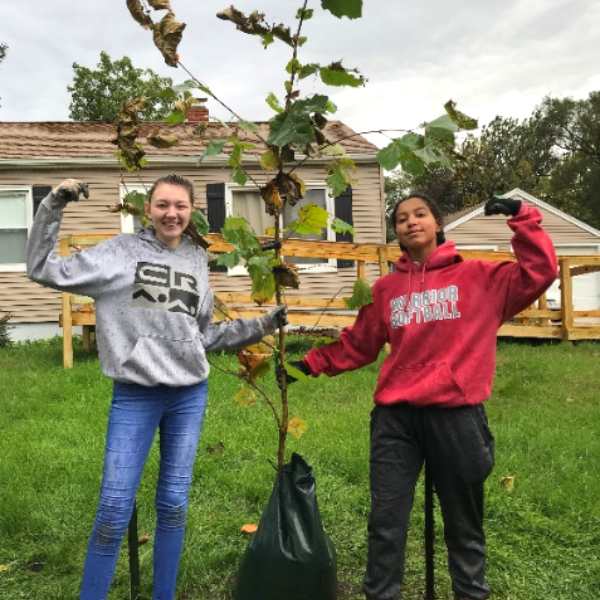
Carbon Credits
Carbon credits are not just for large reforestation projects anymore. Thanks to the nonprofit carbon registry City Forest Credits, urban forest planting and preservation projects around the United States have begun earning carbon credits and the sale of these credits provides vital supplemental funds. For additional information, please refer to our blog Urban Forest Carbon Credits 101.
Allegheny Land Trust
The Allegheny Land Trust protected 124 acres of woodlands from rapid encroaching development in Allegheny County, Pennsylvania. The project was registered with City Forest Credits as a tree preservation project in 2020 and issued 13,966 credits.
Wood Stream and Biochar
Is there a better destination for your urban wood waste than the chipping pile? There is a range of creative and potentially lucrative reuse opportunities out there for governments that can develop local markets and identify partners, such as the Urban Wood Network.
An emerging reuse option is biochar, which is a carbon-rich, charcoal-like solid created through the careful burning of wood waste, called pyrolysis. Biochar provides effective long-term carbon storage, and when added to soil it benefits plant health and improves contaminant remediation. Several cities and organizations are exploring how to scale up biochar production as a viable urban wood reuse option.
Wood Reclamation
Baltimore, Maryland turned its wood dumping ground from a $60,000 drain to a $75,000 gain by revamping the yard for reuse, including sorting for prime logs and installing a small sawmill. The city also launched a successful wood reclamation initiative that salvages lumber from demolished housing.
Developing Markets
Minneapolis, Minnesota is currently evaluating a biochar system. An analysis of the opportunity shows the city could produce over 1,000 tons of biochar a year, which could be worth millions after a suitable market is developed.
Selling Biomass
An assessment of Boulder, Colorado found it could make upwards of $500,000 selling biomass to a local commercial biochar operation.
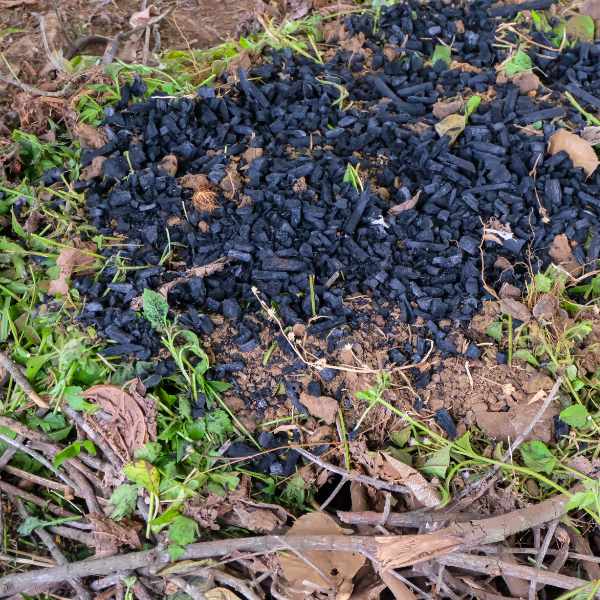
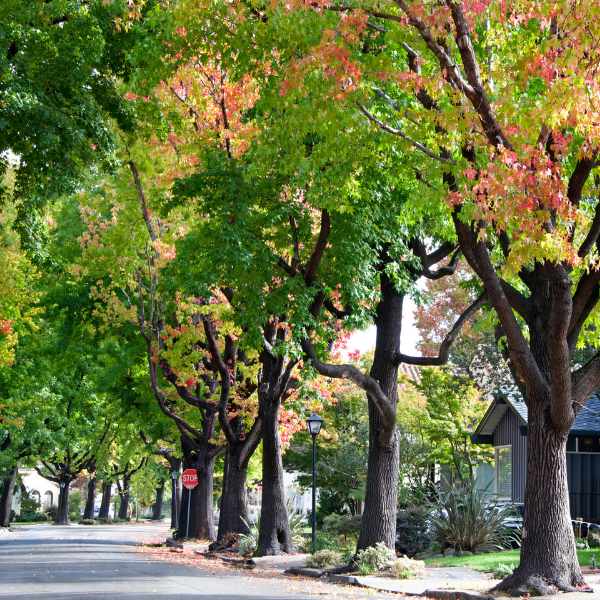
Additional Urban Forestry Funding Resources
We will continue to build out the list above with additional ideas and examples of creative urban forestry funding. For a comprehensive look at urban forestry funding, please check out our eBook How to Fund Your Urban Forest Program.
Grants are another major contributor to urban forestry budgets and are poised to distribute more money than ever before thanks to an unprecedented increase in federal grant funds. We continuously update a webpage of regional and state urban forest grant opportunities currently accepting applications.
If you have questions or would like assistance in diverse urban forestry funding get in touch with our urban forestry experts below.
About PlanIT Geo™
At PlanIT Geo, you’ll find a team driven by trees and technology. We are innovators and your partner in community forestry.
We are passionate about the work we do and derive purpose from helping others map and understand the value of nature-based solutions for a greener future.
TreePlotter Support
Current clients can visit our support site to get updates, feature releases, and answers to many commonly asked questions.
TreePlotter Support Website
Contact
PO Box 1334, Wheat Ridge, CO 80034
Sales & Support: 833-873-3627
U.K. Contact
U.K. Sales: 07906625472
U.K. Support: 03330 509905
TreePlotter UK Website
Follow Us
Join Our Community

